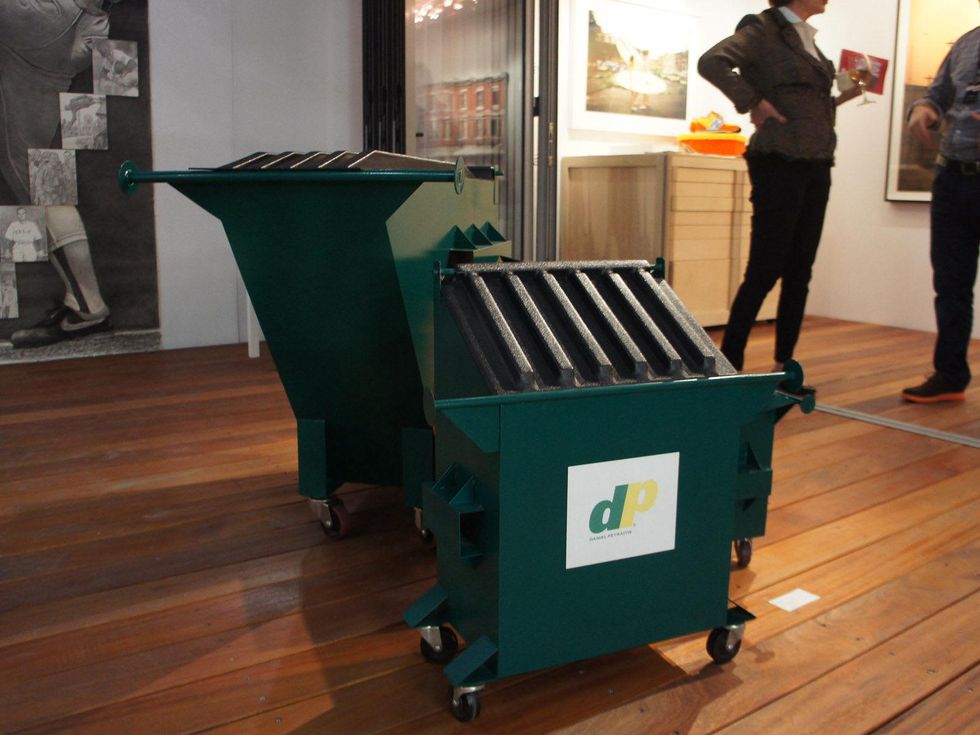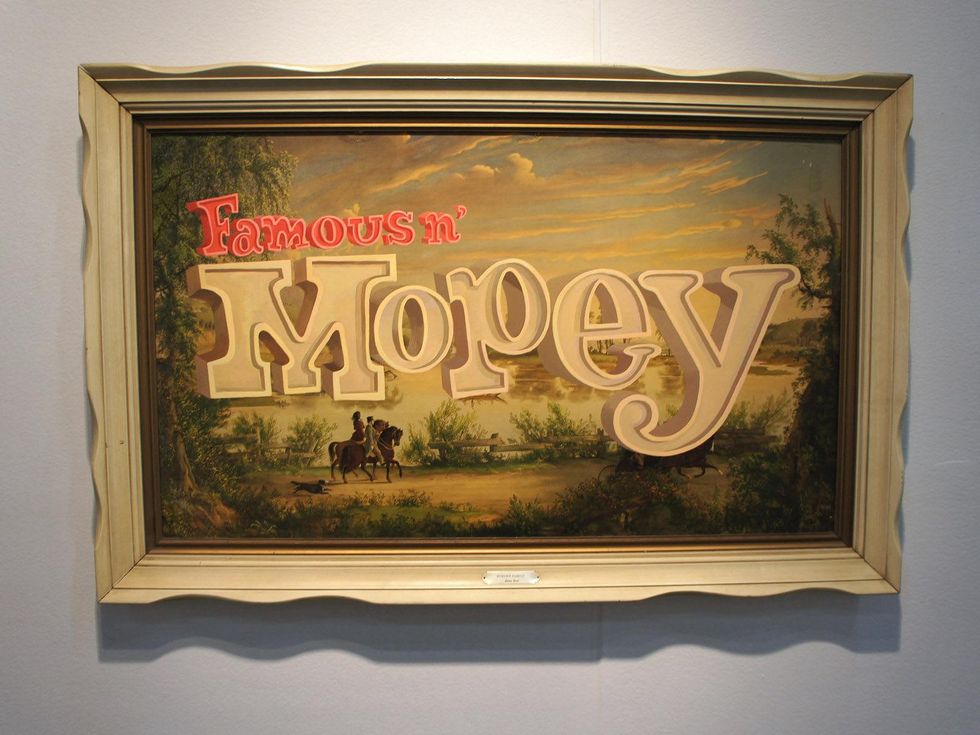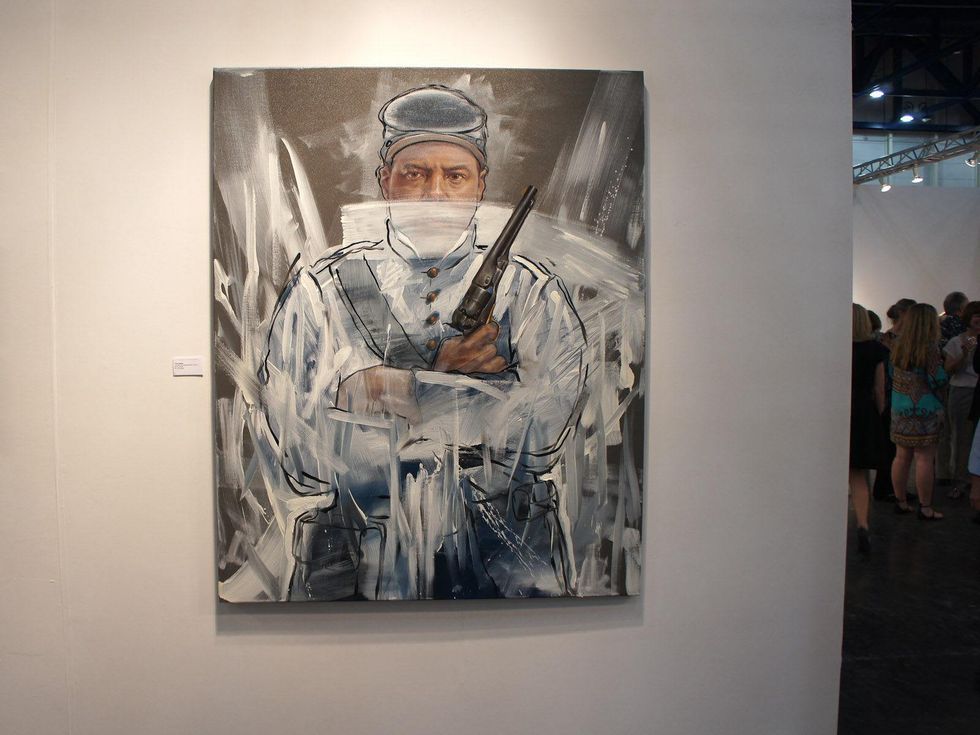Art World
A giant Bigfoot, a mini laundromat and a crazy rooftop: A hipper Texas Contemporary Art Fair has it all
After three years of duking it out with the Houston Fine Art Fair for a slice of the local collectors' market, Texas Contemporary Art Fair appears to be settling into its own role as the hipper cousin to the HFAF's respected stable of high-end international galleries.
Large inflatable sculptures and a homemade mini-laundromat by the Los Angeles' Clayton Brothers greet guests as they enter Hall A of the George R. Brown, setting the stage for a generally light-hearted tone throughout the fair's public spaces. In the main central aisle, a giant stuffed Bigfoot by Tara Tucker holds court alongside a furniture set covered in live plants by Hannah Chalew of New Orleans.
Texas Contemporary's cadre of 70 galleries — including 13 from Houston (compared to eight at the HFAF) — seem to veer more towards canvas work in this year's fair.
San Francisco's Catharine Clark Gallery features bold new paintings by Titus Kaphar, who reworks images and iconography from 19th-century America. The Rena Bransten Gallery, also from the Bay Area, has a compelling 2013 work by Hung Liu while Freight + Volume from New York highlights two fresh canvases by Houston's Kent Dorn.
Be sure to visit the West Collection from Pennsylvania — which has turned its booth into a quasi-rooftop deck filled with art by Philadelphia artists — as well as the Blaffer Art Museum's selection of impressively-crafted design items by students at the University of Houston, many of which are for sale.
Click through the slideshow above for more highlights and check out the third annual Texas Contemporary fair at the George R. Brown through Sunday.











